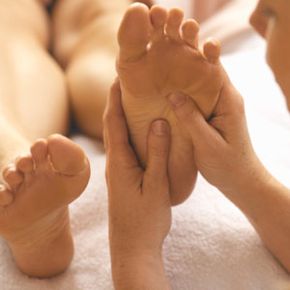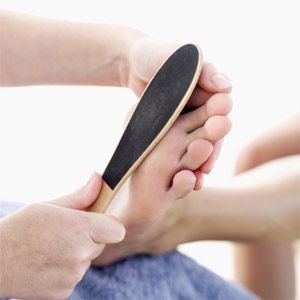From the second your tootsies hit the floor in the morning until you fall into bed from exhaustion late at night, your feet are on the move. With all that you do in a day -- early morning workouts, multiple office meetings and dinner and dancing -- you need your feet to be in top shape. However, plantar warts can stop you dead in your tracks.
What are these things, anyway? Plantar warts are rough, spongy growths of skin on the soles of your feet that often develop on weight-bearing pressure points. These include the heels or balls of your feet. They're normally gray, brown or yellow in color, with dark pinpoints. The visible part of the wart is only the tip of a much larger wart hiding beneath the skin's surface, which adds to the pain this type of wart can cause [source: Podiatry Channel]. As a result, plantar warts can turn an activity as simple as walking into a painful ordeal.
Advertisement
As plantar warts can take months or years to heal on their own, it's important to know how to treat them once they arise and how to prevent their development in the first place. Plantar warts are caused by a common virus, but if you know what to look for, you can avoid it and keep your feet feeling fine. If you're unlucky enough to already have a plantar wart, rest assured that there are ways to contain its spread -- both to other areas of your body and to family members. Most importantly, remember that plantar warts aren't permanent. With a few quick tips and tricks, you can banish that foot blemish and jump back into your normal daily routine.
In addition to learning about the causes and treatment of plantar warts, read on to discover if your workout could be putting you at risk.
Advertisement

